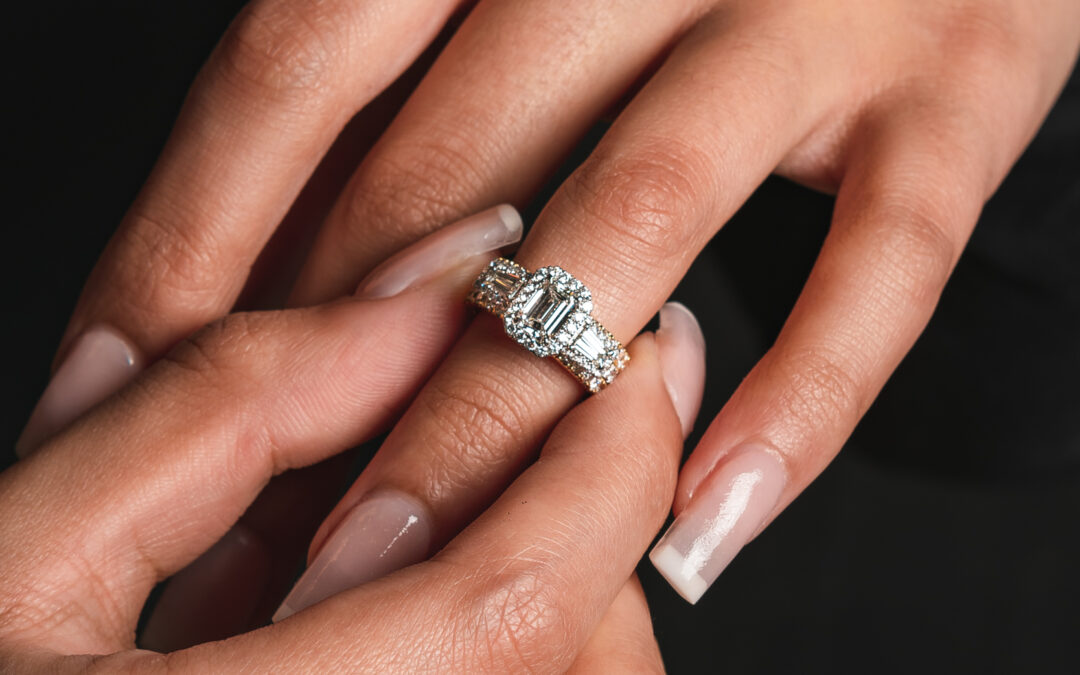Often associated with pieces of a higher standing, the term “Fine jewellery” is widely used for jewellery that is made from precious metals such as gold, silver or platinum. Such metals are higher in value due to not only their rarity and natural properties but, the Supply – the amount of gold mined and how that is affected, and Demand – consumer demand growth and wanes for financial or social reasons. Economic and Political changes can also influence the trends and market value of these metals significantly. The choice of gemstones used in fine jewellery is oftentimes brought down to personal preference. Again however, the stones are equally as precious and valued according to their beauty, durability and purity. There are four particularly favoured gemstones used in jewellery for their superior properties.
Metals
Gold: Where gold is available in ample quantities, it is scarce enough to remain inaccessible for many. Its sustainable store of value and low corrosion rate have led influential economies and societies to place a high value on gold, thus perpetuating its worth.
Silver: Despite silver having very similar natural properties to gold, in comparison, it has long been valued lower due to the brilliance and pliability of gold. However silver holds its position as a precious metal as a result of its use in various industries over many years and also its resistance to corrosion and oxidation.
Platinum: A naturally white precious metal, platinum is in fact much rarer than both gold and silver hence amplifying its value. Though all metals are strong and present excellent qualities for use in jewellery, platinum is significantly more durable due to its density and chemical structure.
Gemstones
Diamond: By far the most precious and popular, the diamond is the most sought after gemstone due to its brilliance, its hardness and of course, it’s romantic ideology. Formed at extremely high temperatures and pressures far beneath the Earths surface, they are forged and coloured though natural processes. Only the most pure and clear coloured diamonds are selected for use in the jewellery industry.
Emerald: The value of this stone hinges greatly on the beauty of its colour. A true emerald is identified by its dark green or blue-green hue and this has long been symbolic of great wealth. Emerald gems of the finest quality are often valued higher than diamonds.
Sapphire: The blue sapphire being the most lavish in cost derives its worth from the excellence of its colour, hardness, durability and luster. Though available in an array of colours and tonalities, Sapphire without any colour prefix refers to the blue variety of the mineral Corundum. The rich and velvety blue and violet hues are characteristic of an outstanding sapphire gemstone.
Ruby: Another variety of the mineral Corundum, the pink to blood-red precious stone has long been considered “the stone of Kings”, depicting nobility, purity and passion. The colour saturation can reach dramatic levels thus intensifying its appearance and consequently, its worth.




Recent Comments